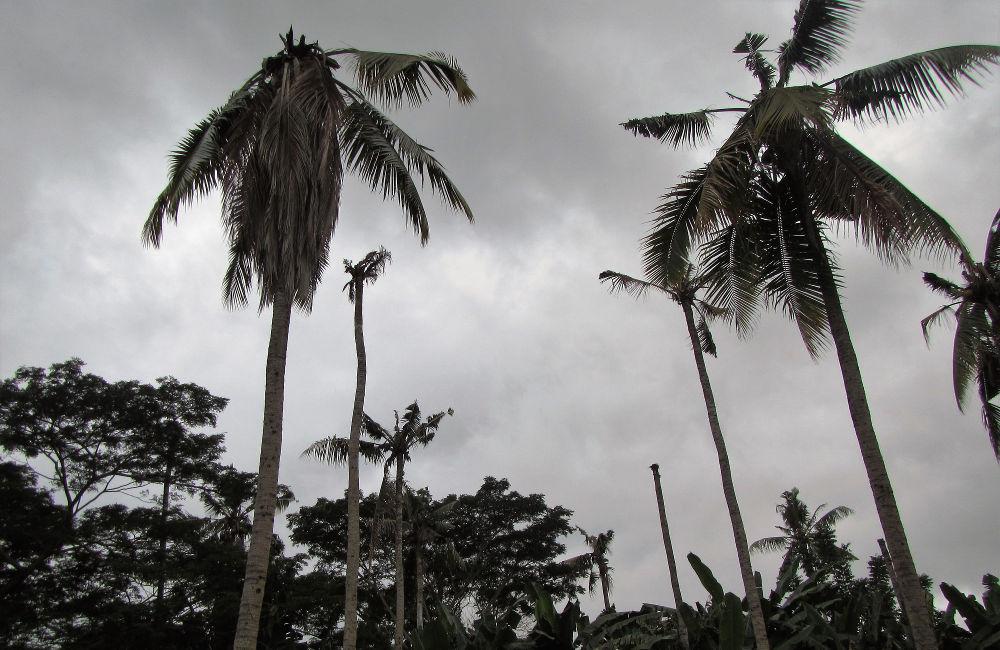The Pacific Community (SPC) hosted an important international workshop to address the impact of a new type of rhinoceros beetle invading the region. Dubbed the ‘Palm Killer’, this beetle is wreaking havoc on coconut palms and has proven highly resistant to traditional intervention methods. In recognition of the danger this beetle poses to the region, the Australian Centre for International Agricultural Research (ACIAR) announced on Wednesday that it would commit AUD 2 million to coordinated efforts to stem the problem.
The Palm Killer is a new CRB biotype, which has been given the title of CRB-G, as it was first discovered in Guam in 2007. Highly invasive, CRB-G poses an imminent threat to Pacific livelihoods and economies reliant on coconuts, oil palm and other palm species.
The workshop, organised by SPC’s Land Resources Division (LRD), provided an opportunity for participants to discuss a way forward for the prevention, containment and suppression of CRB-G. Participants also discussed resourcing of these efforts, the significance of communication, awareness and outreach, scientific research, biosecurity implications, and the impact and relevance to public policy.
In addition to ACIAR, attendees of the two-day workshop included: AgResearch New Zealand; Pacific Community (SPC) technical partners supported by Australian Aid, the New Zealand Agency for International Development (NZAID), and the United States Department of Agriculture (USDA); private sector stakeholders from Papua New Guinea and the Solomon Islands; academic institutions; and SPC member country representatives involved in the eradication of the coconut rhinoceros beetle (CRB).
Addressing workshop participants, LRD Director, Mr Jan Helsen, highlighted the need for a consolidated sustainable approach amongst partners, stating that “as much as we would want to work on short-term remedial action, we will need to think much more about longer-term durable solutions – not only technical, but more importantly, about institutional arrangements.”
“Although coconut pests have been in the region for some time, patterns are changing, making response more complex. Issues such as securing, restocking and backup of germplasm, and sanitary measures, are equally important. A partnership to address these issues is essential, with each partner recognising each other’s relative competencies and how they can complement these,” said Mr Helsen.
Supporting these sentiments, ACIAR representative, Richard Markham, reiterated that “this work cannot be conducted in isolation. SPC plays a crucial role in bringing together various aspects of this work.”
The workshop concluded with a draft meeting statement that provides direction on the way forward for policy engagement, biosecurity and quarantine, research and development, and extension, collaboration and communications around CRB-G.
SPC will take the lead in the formalisation of a strategic plan for a coordinated regional response to CRB-G.
*Editors Note: In the original publication of this release, AgResearch New Zealand was incorrectly identified as Landcare Research New Zealand. We apologize for the oversight.
Background
CRB-G has invaded five Pacific Island countries and territories (PICTs) in only eight years, compared to the CRB-Pacific biotype, which has not had geographical range expansion since its introduction 40 years ago.
Uncontrolled infestations of CRB-G can kill entire palm populations within one year, and given its highly invasive nature, may constitute an emergency risk in the Pacific region if not managed effectively and in a timely manner.
Media contacts
Salome Tukuafu, SPC Information and Communications Management Officer, Land Resources Division [email protected] +679 3379 487
Sonal Aujla, SPC Communications Assistant, [email protected] +679 3370 0733
